#Chernobyl Disaster
Explore tagged Tumblr posts
Text
Something that will make your evening really good :)


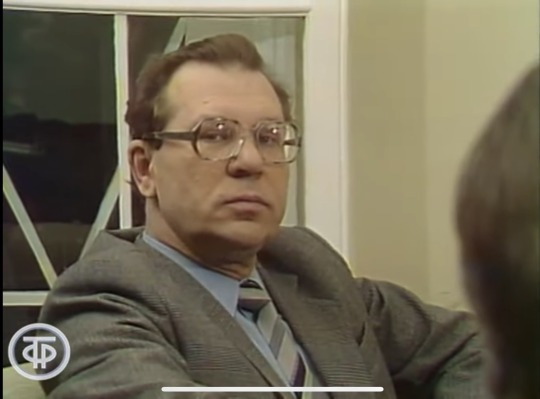
youtube
#valery legasov#chernobyl#valerylegasov#валерий легасов#chernobyl disaster#чернобыль#Soviet video#kurchatov institute#курчатовский институт#Александров#Легасов#Youtube
77 notes
·
View notes
Text

Pripyat, 2019
#chernobyl disaster#chernobyl#chernihiv#pripyat#ukraine#abandoned#nuclear#chernobyl exclusion zone#nature photography#photography#dogs#dog#dogs of tumblr#wild dog#just posting some old photos#travel#dark aesthetic
42 notes
·
View notes
Text

"Ah and here we have our favourite soviet scientist!"
14 notes
·
View notes
Text
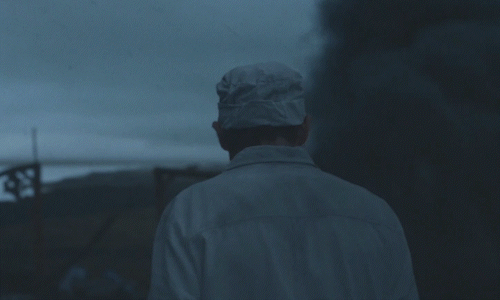
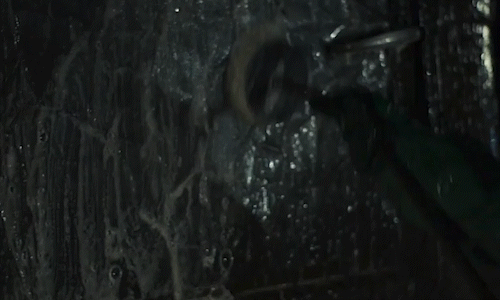





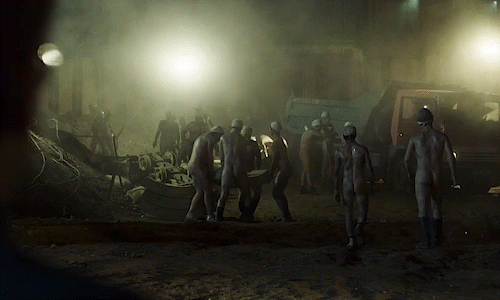
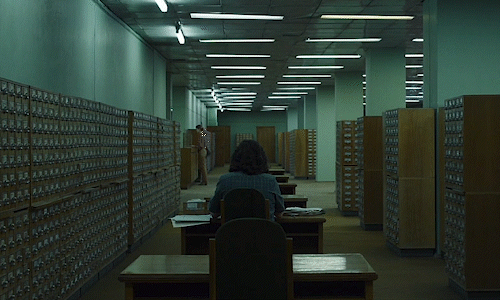
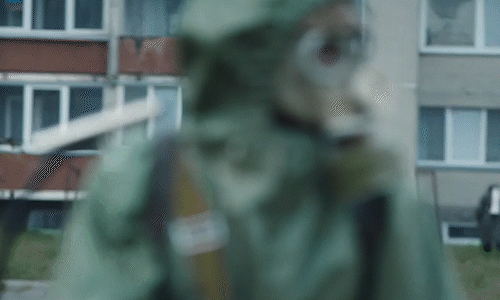


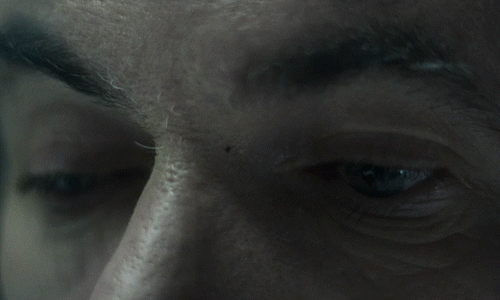



"To be a scientist is to be naive. We are so focused on our search for the truth we fail to consider how few actually want us to find it. But it is always there whether we see it or not, whether we choose to or not. The truth doesn't care about our needs or wants, it doesn't care about our governments, our ideologies, our religions. It will lie in wait for all time. And this, at last, is the gift of Chernobyl. Where I once would fear the cost of truth, now I only ask: What is the cost of lies?"
CHERNOBYL (2019) | Created and Written by Craig Mazin, dir. Johan Renck
#2010's#2010's tv#2019#chernobyl#hbo#sky atlantic#craig mazin#johan renck#jamie sives#jared harris#jessie buckley#adam nagaitis#alex ferns#robert emms#emily watson#paul ritter#dramaedit#historyedit#mini series#chernobyl disaster#1980's#1986#tvedit#tvgif#mygifs
114 notes
·
View notes
Text
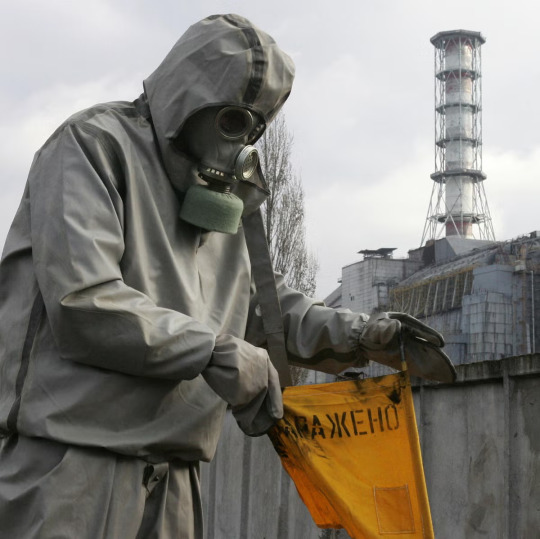
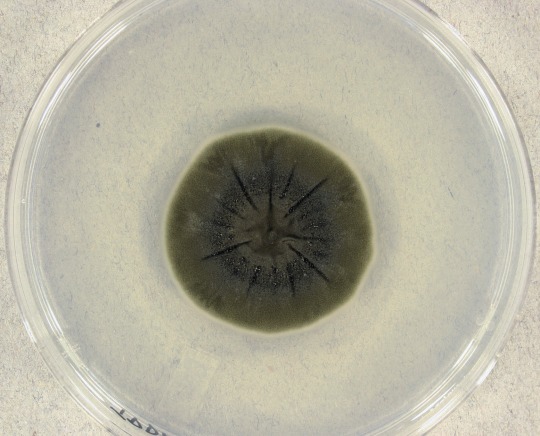

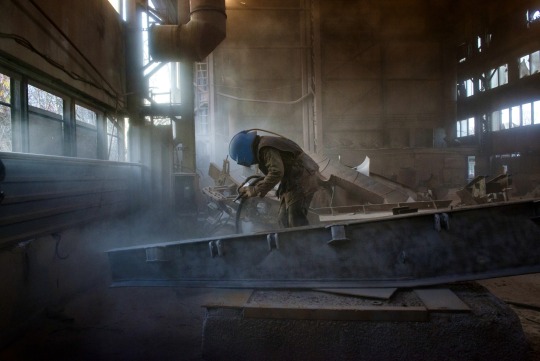
Inside the Chernobyl Exclusion Zone, scientists have discovered a black fungus capable of feeding on deadly gamma radiation.
Scientists believe this mechanism could be used to make biomimicking substances that both block radiation from penetrating and turn it into a renewable energy source. (x)
How it works:
Melanin and Radiation: The fungus contains melanin, a pigment also found in human skin, which appears to capture ionizing radiation and convert it into chemical energy—a process scientifically termed "radiosynthesis," somewhat analogous to photosynthesis in plants but using radiation instead of sunlight.
Radiotrophic Behavior: This extraordinary capability, known as "radiotrophic" behavior, allows the fungus to use radiation as an energy source to grow and sustain itself, even in high-radiation environments like the remnants of the Chernobyl Nuclear Power Plant.
Implications:
Bioremediation: These radiation-consuming fungi could potentially be used in cleaning up radioactive waste sites, offering a biological approach to absorbing and potentially neutralizing harmful radiation.
Space Exploration: Their remarkable ability to survive in extreme radiation environments makes them a fascinating subject for astrobiology. They could provide critical insights into the potential for life on radiation-exposed planets or help develop innovative strategies to protect astronauts from cosmic radiation during long-duration space missions.
Medicine and Research: The intricate mechanisms by which these fungi process and potentially harness radiation could inspire groundbreaking advances in radioprotective medicines, materials science, and our understanding of biological radiation resistance.
p.s. It's not just fungus. The overall family of extremophiles that live on or despite radiation includes both fungi and bacteria, and different species have different mechanisms for absorbing or tolerating radiation. (x)
#chernobyl#black fungus#cryptococcus neoformans#radiotrophic fungus#gamma radiation#radiation-eating fungus#extreme environments#science#biology#fungi#melanin#radiotrophy#chernobyl disaster#bioremediation#astrobiology#space exploration#extreme survival#radiation research#environmental science#radiation#microbiology#extremophiles#nature is metal#scientific discovery#weird science#organism adaptation#nuclear biology#biomimicry#research#technology
12 notes
·
View notes
Photo

𝔗𝔥𝔢 𝔈𝔩𝔢𝔭𝔥𝔞𝔫𝔱'𝔰 𝔉𝔬𝔬𝔱 𝔬𝔣 𝔱𝔥𝔢 ℭ𝔥𝔢𝔯𝔫𝔬𝔟𝔶𝔩 𝔡𝔦𝔰𝔞𝔰𝔱𝔢𝔯, յգՑճ
𝔗𝔥𝔢 𝔈𝔩𝔢𝔭𝔥𝔞𝔫𝔱𝔰 𝔉𝔬𝔬𝔱 𝔬𝔣 𝔱𝔥𝔢 ℭ𝔥𝔢𝔯𝔫𝔬𝔟𝔶𝔩 𝔡𝔦𝔰𝔞𝔰𝔱𝔢𝔯. 𝔗𝔥𝔦𝔰 𝔡𝔦𝔰𝔞𝔰𝔱𝔢𝔯 𝔥𝔞𝔭𝔭𝔢𝔫𝔢𝔡 𝔦𝔫 յգՑճ, 𝔱𝔥𝔦𝔰 𝔭𝔦𝔠𝔱𝔲𝔯𝔢 𝔴𝔞𝔰 𝔱𝔞𝔨𝔢𝔫 𝔦𝔫 յգգճ, 𝔬𝔫𝔠𝔢 𝔱𝔥𝔢 𝔯𝔞𝔡𝔦𝔞𝔱𝔦𝔬𝔫 𝔩𝔢𝔳𝔢𝔩 𝔴𝔞𝔰 𝔴𝔢𝔞𝔨𝔢𝔫𝔢𝔡.
#The Elephant's Foot of the Chernobyl disaster 1986#elephant's foot#Chernobyl#Chernobyl disaster#1986#80's#80s#ukraine#disaster#radiation#picture#Elephants Foot
296 notes
·
View notes
Text

Stellan Skarsgård and Jared Harris in Chernobyl (2019) Please Remain Calm
Ep2
With untold millions at risk, Ulana makes a desperate attempt to reach Valery and warn him about the threat of a second explosion.
*After Ulana Khomyuk identifies the isotope that triggered the alarm as Iodine 131, a byproduct of nuclear reactor fuel, her coworker suggests "Ignalina". Ignalina refers to a nuclear power plant in Lithuania operating 2 RBMK-1500 reactors similar to Chernobyl's RBMK-1000 reactors. The decommissioned Ignalina power plant doubles for Chernobyl in this series.
#Chernobyl#2019#tv series#mini tv series#Please Remain Calm#Ep2#Ulana Khomyuk#Stellan Skarsgård#Jared Harris#Boris Shcherbina#Valery Legasov#hbo chernobyl#Chernobyl disaster#1986#based on true events#drama#history#thriller#Soviet Union#Cold War#just rewatched#helicopter
7 notes
·
View notes
Text
History of the RBMK 1000 (Reaktor Bolshoy Moschnosti Kanalnyy): High Power Channel Type Reactor

The RBMK 1000 reactor, the type involved in the Chernobyl Disaster, is a boiling water reactor (BWR) designed in the 1960s at the Kurchatov Institute, the Soviet Union's nuclear science center.
The USSR had placed a priority on developing nuclear power in the late 1950s in its never ending attempts to improve its infrastructure and power its rapidly expanding industrial base. Nuclear reactors are extremely effective at providing high baseload capacity to a power grid, since they are rarely switched off and (depending on the design) can generate enormous amounts of electricity for lower running costs than a more traditional hydrocarbon power plant. Essentially, since they are (almost) always on, they are always providing the grid with a large and extremely reliable supply of energy. It also allowed the USSR to appear at the front of atomic energy, and laude the successes of the ‘Peaceful Atom’. In the atmosphere of the Cold War, peaceful use of atomic power was a key propaganda tool at home and abroad.
The RBMK was selected for construction by the Ministry of Energy over the rival VVER Pressurized Water Reactor in 1968. It was chosen because it was cheaper to construct in terms of material costs, and the components could be mass produced in pre-existing factories for far lower cost. With an enormous power output of 1,000 MWe (megawatts of electricity) it was declared the 'National Reactor' of the USSR. Construction began on the first RBMK in 1970 at the Leningrad Atomic Energy Station. This unit entered service on December 21st, 1973.
Below: A labeled diagram of the core of an RBMK type reactor.
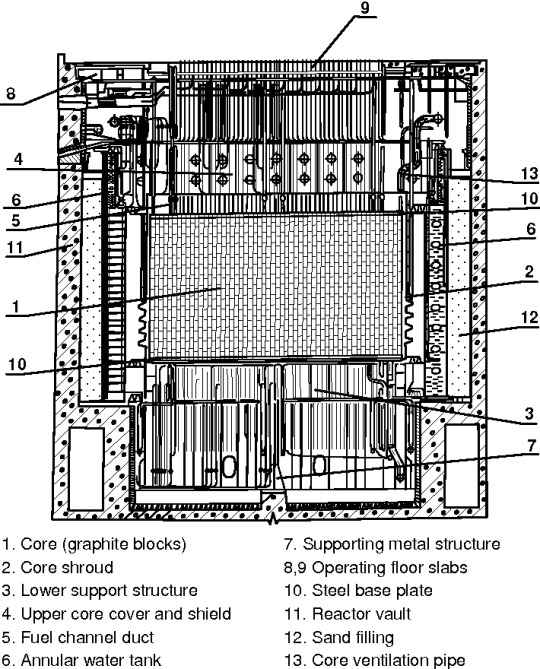
The RBMK 1000 and its successor RBMK-1500 (basically the same reactor with a slightly higher power output) was fraught with safety issues almost from its inception. This was related to several design features and quirks of the reactor, notably the abnormally high positive void coefficient due to steam bubbles in the coolant circuit and the use of graphite as a moderator. Several other even more concerning design flaws would become apparent over the course of its operation, culminating in the explosion of Chernobyl Unit 4 on April 26th, 1986. These revelations have even continued up until present day, with the most recent example being in 2012 when Leningrad Unit 1 (the one mentioned at the end of the previous section) had to be shut down for 18 months to replace graphite moderator blocks that had deformed due to heat and extensive use. This issue has been identified at several other RBMKs.
The reactor type experienced no less than two partial meltdowns in the history of its operation, one at the Leningrad plant and one at the Chernobyl plant (the partial meltdown incident at the Chernobyl plant is different from the explosion and complete meltdown of Unit 4 in 1986). Both of these were serious incidents with not insignificant radioactive releases, but they only partially damaged the respective reactors. The public was not notified in either case, and all information on the design flaws was kept secret by order of the USSR’s highly centralized government.
RBMK construction was halted only in the wake of the Chernobyl Disaster in 1986. Of the 26 reactors approved for construction, only 18 ever entered service. Several modifications were made to the existing RBMKs to eliminate the dangerous flaws that had lead to the 1986 accident. As of 2023, most RBMKs have been shut down and decommissioned. Of the 18 completed reactors, only eight still operate (Three at the Kursk NPP, two at the Leningrad NPP, and two at the Smolensk NPP. All but one of them are scheduled to be shut down and decommissioned by 2030).
The RBMK’s impact has primarily been showing that graphite moderated reactors have far fewer safety features than other water moderated reactors like those in the West. Ironically, the VVER which had been sidelined by the RBMK has enjoyed massive commercial success both in Russia and abroad as an exported design. VVERs are still being actively built and operated in about a dozen countries worldwide.
This is simply an informative blurb on the history of the RBMK-1000 nuclear reactor. I am going to make a more in depth explainer of how the reactor is built as well as an analysis of the physics of the accident at Chernobyl. I will update this post with a link to them when they are complete. My planned deadline is the 26th of April, the anniversary of the explosion. I hope this post has been informative and I am of course happy to answer any further questions and provide any requested information.
#rbmk#nuclear reactor#chernobyl#nuclear power#bwr#disaster#history#autism#nuclear#accidents and disasters#radiation#rbmk 1000#reactor#chernobyl hbo#chnpp#ussr#soviet union#chernobyl disaster
60 notes
·
View notes
Text
#chernobyl#soviet union#soviet history#soviet#chernobyl nuclear power plant#chernobyl disaster#andropov#yuri andropov#чернобыль#андропов#ссср#русский tumblr
7 notes
·
View notes
Text
instagram
Zeke Gonz has done it again with another 🔥 💀 meme - Quick name something good that came out of Chernobyl in the comments below or else your weird teacher will fail you and no you don’t get any time to prepare, just start listing the first things that comes to mind with the quiet desperation of a 16 year old who really needs to win this debate to put on a college application
#Let's Get Haunted#Chernobyl#high school debate club#Chernobyl disaster#Chernobyl Nuclear Power Plant#Instagram
12 notes
·
View notes
Text
CHERNOBYL 26.04.1986 - 26.04.2024
Today marks 38 years since one of the greatest tragedies in human history occurred.
A lot has been said, written, invented, drawn and sung.
The main thing that will remain forever is the desire of people to help their neighbor, to know the truth and to seek justice in all ways.
Even if sometimes this justice can only be found at the bottom of one's own heart.
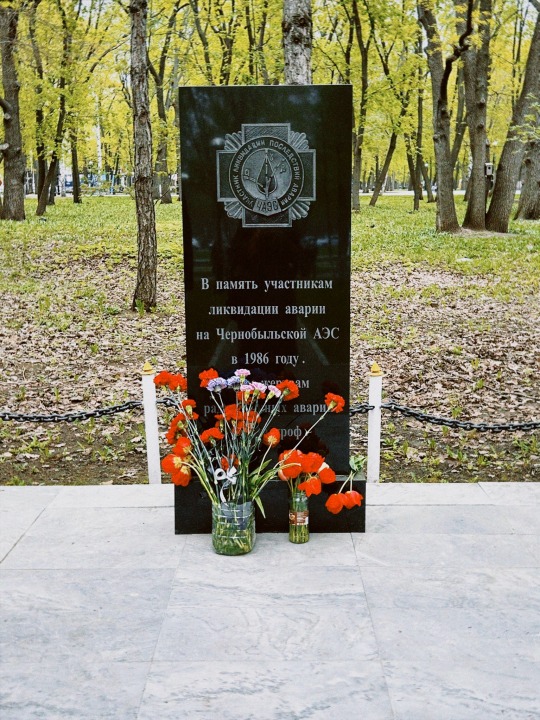

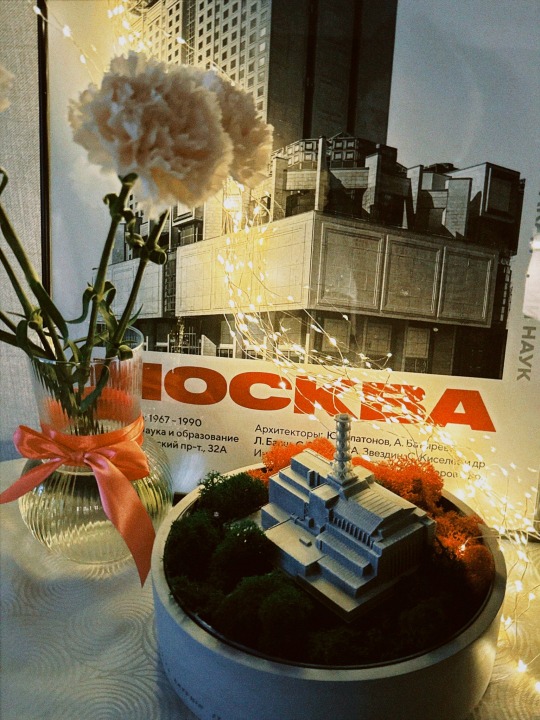
#Chernobyl#chernobyl disaster#чернобыль#чернобыльская катастрофа#my pictures#moscow#чаэс#chernobyl npp#april 26#1986#26.04.1986#26апреля#valery legasov
48 notes
·
View notes
Text

Remains of a disaster
#pripyat#gas mask#nuclear#nuclear disaster#kyiv#kyiv oblast#ukraine#chernobyl disaster#chernobyl#chernihiv#abandoned#ghost town#chernobyl exclusion zone#meltdown#nuclear meltdown#photography#my photos#photooftheday#travel#dark tourism#europe
10 notes
·
View notes
Text

Thank you so much @swanfloatieknight for the inspirational workplace art 😂❤️
21 notes
·
View notes
Text
"If I say is safe, is safe" Anatoly Dyatlov

#chernobyl hbo#hbo chernobyl#chernobyl#hbo max#hbo series#Chernobyl memes#Meme#Memes#Anatoly Dyatlov#chernobyl disaster
34 notes
·
View notes
Photo
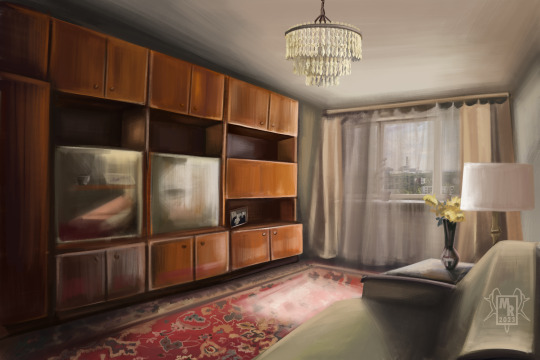
Тепло.
26 notes
·
View notes
Text
The Soviet cultural machine advanced a limited view of Prymachenko. She was cast as a “naive old lady in a headscarf,” one who merely painted flowers and fanciful beasts, as art historian Oksana Semenik writes in her monograph accompanying the exhibition. It is unclear whether the Soviet elite failed to see the darker and more subversive spirit of Prymachenko’s paintings, or merely wanted to avoid drawing attention to it. Regardless, such a reductive view misses a crucial part of what makes Prymachenko’s work extraordinary.
Pain, fear, and loss figure surreally in many of her paintings, suggested by her use of dark colors, the looks of alarm or menace on the faces of some creatures, and their often uncanny, creepy forms. For Prymachenko, her art was a way to represent the horrors she had witnessed, particularly during the Second World War. “I spent so much time thinking about that war—hours, days, difficult years. I always wanted it to be preserved in my paintings,” she said. “I depicted the war itself, which I saw with my own eyes, its beastly guts.” Even a painting that at first glance may seem cheery can host a lurking threat: “Above everything shines the sun, which resembles a sunflower, but also a clawed beast,” wrote the literary critic Tamara Hundorova.
Prymachenko’s work also manages to engage critically with the Soviet system. Some of her most mesmerizing paintings are the ones she made in the aftermath of the nuclear catastrophe at Chornobyl. The disaster unfolded close to home, literally: Prymachenko’s village of Bolotnya is about thirty miles from the site of the meltdown, and the artist, then in her late seventies, disregarded the Soviet authorities’ guidance to evacuate. One of the most powerful paintings in this series on display at the Ukrainian Museum is a flower-filled homage to the fourth reactor at the Chornobyl power plant. The petals and stems are arranged in beautiful symmetry, recalling Prymachenko’s early embroidery. Doves fly above the reactor while children dressed in traditional Ukrainian clothing bring flowers to lay at its base. The scale of the splendor in the painting conveys the loss at its heart. Evidently, the Soviet authorities feared the impact of that message: none of Prymachenko’s Chornobyl work was made public until after the collapse of the Soviet Union.
Prymachenko often added long and revealing captions to her work as her career progressed, employing idiosyncratic grammar in her local Polissyan dialect. At turns lyrical, sarcastic, and heartfelt, they are an art all their own. One caption, written on the back of her Chornobyl painting, is especially moving: “This is how the fourth reactor came to me in a dream. Flowers will grow on it. And children will bring flowers. Everything around it will be like a memorial forever. Doves will fly our heroes saved us left us.”
If the Ukrainian Museum show has a weakness, it’s that the titles and captions of the bulk of the paintings on view can only be accessed via a QR code—and only in simplified form. Take, for example, the painting the museum refers to as Mr. Reagan, Look at This Picture. The work is a Prymachenko beast par excellence—a red, scaly creature with a single penetrating eye and big teeth about to chomp down on a tiny frog. Prymachenko’s full caption reads: “Mister Reagan, look at this picture and understand how heavy and burdensome and foolish the atom is. Take a look and make peace with us so there will be peace on Earth. The atom is beautiful, if you toy with it, you can say goodbye to your family.” There’s a lot to unpack here: the beast, at once ugly and beautiful, could be a nuclear superpower about to crush a delicate creature (the atom? humanity?) in its powerful jaws. But without the full caption, visitors miss these suggestive layers.
Some of Prymachenko’s imagery may have been dark and disturbing, but we shouldn’t assume that her art was fundamentally pessimistic. Rather, it helps Ukraine’s historical traumas find new expression—and even new meaning—as they are confronted, honored, played with, and transcended.
#studyblr#history#military history#art#art history#ukrainian art#languages#soviet famine of 1930-1933#holodomor#ww2#chernobyl disaster#ussr#ukraine#russia#maria prymachenko#oksana semenik#ronald reagan#ukrainian#west polesian
2 notes
·
View notes